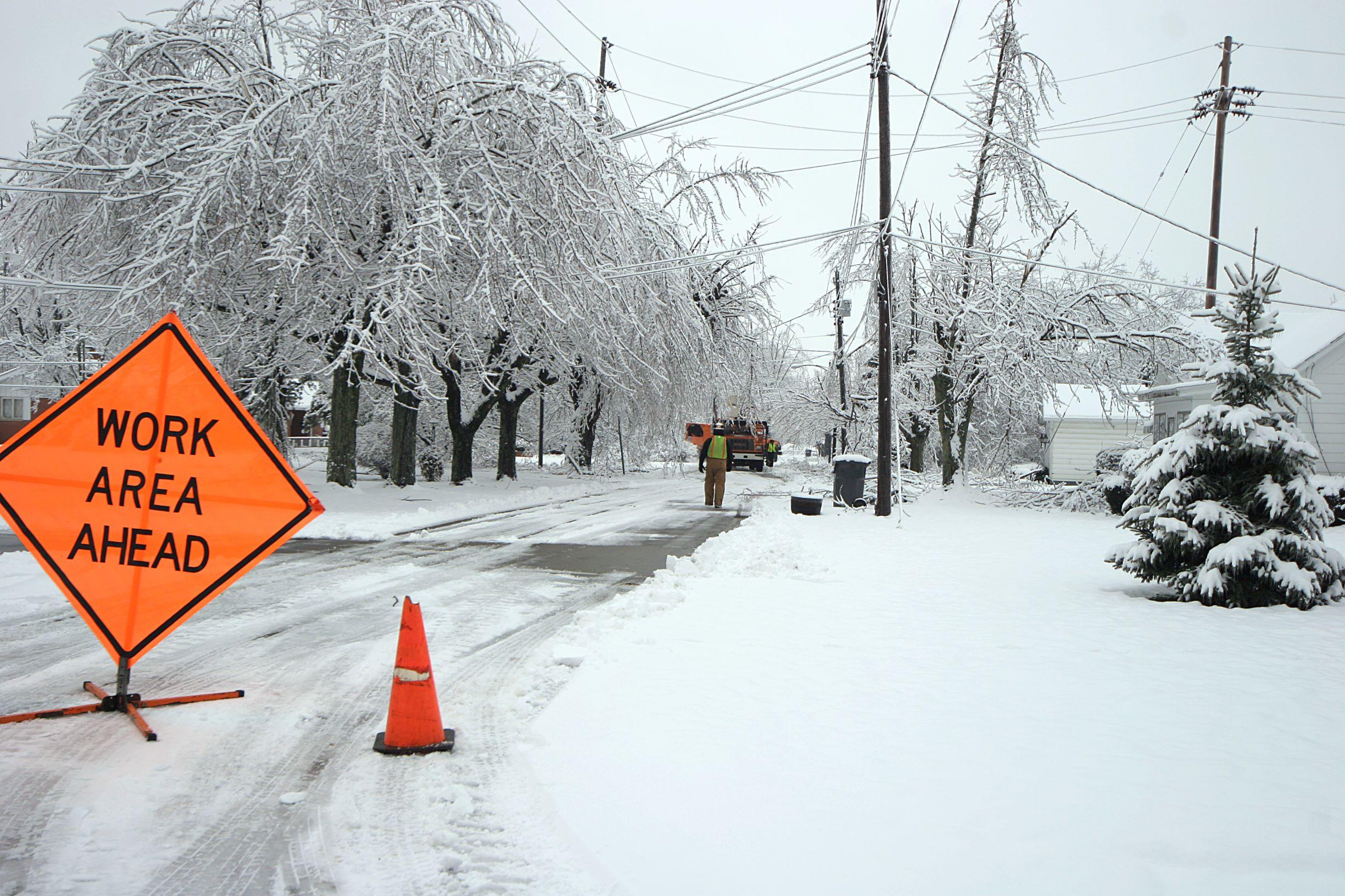
Co-ops step up in the cold
As parts of the United States struggled to maintain electric service during a historic cold snap, Minnesota’s cooperatives went to great lengths to ensure their members had the energy they needed.
Posted by Guest Blogger on February 26, 2021

Electricity is responsible for a long list of conveniences of modern life: a charged phone, hot coffee, air conditioning, television. But, when the temperature drops below zero, dependable energy is also a matter of safety. Historic cold weather across the country in mid-February drove up demand for natural gas and electricity to such an extent that some regions experienced rotating power outages.
Wright-Hennepin’s wholesale power provider Great River Energy operates an electric system designed to provide reliable electricity in extremely cold weather, and it performed well. In fact, Minnesota endured the frigid temperatures with few issues.
Extreme weather requires extra effort to keep electricity reliable, but WH knows how to keep the lights on when temperatures stay below zero for several days.
A rapid response
Each year, Great River Energy employees complete training on the proper protocols to respond when the Midcontinent Independent System Operator (MISO) declares a “capacity and energy event” like the one that occurred in mid-February.
“During the recent cold snap, Great River Energy’s control room employees were hard at work, following emergency procedures that are in place for this type of extreme weather,” said Mark Peterson, Great River Energy’s manager of system operations. “We saw a handful of outages on the transmission system but were able to quickly restore customers using established tools and processes.”
MISO is the grid operator for 15 U.S. states and the Canadian province of Manitoba. It oversees the operation of the bulk power transmission system, facilitates an energy market, and has responsibility, along with its members, for maintaining electric reliability across its system.
“The transmission team rose to the challenge, responding quickly and safely to the needs of our member-owners and the transmission grid,” said Vice President and Chief Transmission Office Priti Patel.
Producing more electricity
Great River Energy’s power supply resources – which include coal-, gas- and fuel oil-based power plants as well as wind energy resources – performed as planned for extreme weather events.
“We have a talented group that runs our power plants, and they really shined during the polar vortex,” said Vice President and Chief Power Supply Officer Jon Brekke.
The coal-based Coal Creek Station and Spiritwood Station operated throughout the cold weather with no issues. Great River Energy’s peaking stations operated as designed, injecting electricity onto the grid quickly and dependably when needed. Most of Great River Energy’s peaking plants are “dual fuel” facilities, which means they can operate on fuel oil when demand for natural gas is heightened.
“Fuel oil operation was absolutely critical this month,” Brekke added. “Natural gas supply was particularly strained due to the additional demand for home heating. Fuel oil back-up ensured we could operate our peaking plants at all hours.”
Reducing energy needs
Great River Energy deployed its demand response programs — a strategy that reduces demand for electricity during events such as a polar vortex — over the course of a few days. More than 200,000 cooperative members participate in these voluntary programs, which allow Great River Energy to temporarily interrupt, or “cycle,” water heaters, space heaters or other electric loads for a period of hours on high-demand days.
The cooperatives collectively reduced hundreds of megawatts of electricity demand over a few days, which alleviated stress on the electric grid and allowed Great River Energy to avoid expensive purchases from the energy market during both morning and evening peak periods.
“Our members went above and beyond the norm and controlled peak shave water heat during those few mornings, which is not typically planned,” said Josh Hebert, load management specialist at Great River Energy, referring to a program that allows cooperatives limited control over member-consumers’ electric water heaters.
“Overall, we were well prepared to handle these system conditions. Our programs operated correctly and played an important role in maintaining reliability. The strong performance showed how strategic load management can help reduce costs and position our portfolio for the future,” Hebert said.
Rolling blackouts: Could they happen here?
The Midwest electric grid looks quite different from Texas, which experienced widespread rolling blackouts in February. Most utilities in Minnesota are part of a much larger and geographically diverse energy market coordinated by MISO.
Most of Minnesota is located in MISO’s northern region which includes generating resources using a wide variety of fuel sources and technologies, both conventional and renewable. Power plants in the northern states are also designed to handle very cold weather.
At no point during the polar vortex were rolling blackouts considered in the MISO North region. MISO works aggressively with its member utilities to plan for emergencies, and rolling blackouts are only used as a last resort to prevent more widespread outages.
Weather like Minnesota experienced in February certainly presents challenges on the electric grid, but utilities prepare for it. Planning for these kinds of events by Wright-Hennepin, Great River Energy and MISO North helped ensure resources and resiliency practices were ready for the challenge.
